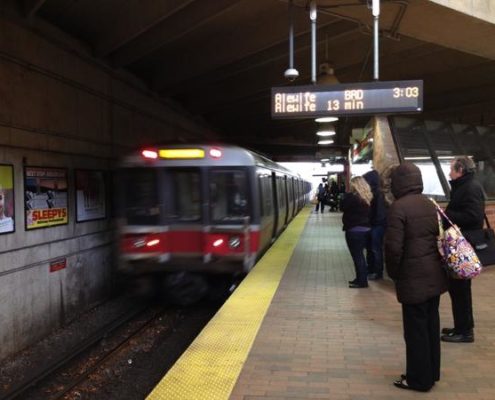
MBTAAnalysis: A look inside the MBTA
0 Comments
/
The MBTA shuttles over a million passengers a day around Greater…
 https://pioneerinstitute.org/wp-content/uploads/CloseupClock-1.jpg
739
1244
Mary Connaughton
https://pioneerinstitute.org/wp-content/uploads/logo_440x96.png
Mary Connaughton2017-02-20 12:34:192017-02-21 09:47:58The Clock is Ticking…….
https://pioneerinstitute.org/wp-content/uploads/CloseupClock-1.jpg
739
1244
Mary Connaughton
https://pioneerinstitute.org/wp-content/uploads/logo_440x96.png
Mary Connaughton2017-02-20 12:34:192017-02-21 09:47:58The Clock is Ticking…….
Bringing Back Youth Soccer Amidst COVID-19
For decades, organized youth soccer has been a staple for teaching…

Announcing the Pioneer Institute & Nichols College Sports Management Policy College Case Competition
In recognition of the cancellation of many student internships…
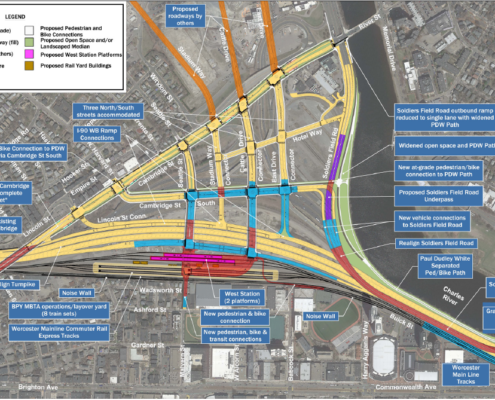
Open Letter to MassDOT Board Regarding I-90 Allston Multimodal Project
Read Pioneer's Open Letter to MassDOT on the I-90 Allston Multimodal Project, Boston, MA National Environmental Policy Act Review Scoping Report: All At-Grade Option and 8-lane Turnpike – Throat Area

Sensible police reform includes changing ‘qualified immunity’ laws
Even in a time of painful divisions in our country, there is little doubt among people of good faith that what Derek Chauvin and three other former Minneapolis police officers did to George Floyd was criminal. If they are indeed convicted of a felony, how is it that the former officers could very well be immune from civil liability?

Coronavirus Hits Back on Communities Who Slowed Their Spread
“This couldn’t come at a worse time,” said rep. Bill Keating…

Even for the most remote part of Massachusetts (Franklin County), it’s far from business as usual
The Connecticut River valley is home to some of the most productive…

38.8 percent of the Massachusetts workforce and 28.3 percent of the U.S. workforce have filed unemployment claims over the past ten weeks.
Data released today by the U.S. Department of Labor shows that 38.8 percent of the Massachusetts workforce and 28.3 percent of the U.S. workforce have filed unemployment claims since the COVID-19 unemployment surge began ten weeks ago.
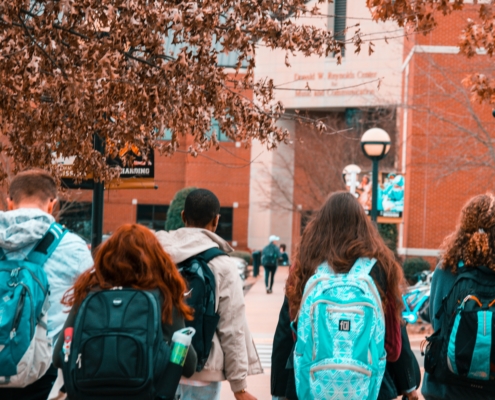
Once anchored by higher education, Hampshire County, MA finds itself out of work after a cancelled semester
The 38,000 college and university students at the Five College…

In Hampden County, COVID-19 exacerbates a stark employment divide between urban and rural areas
Hampden County, Massachusetts, home of Western New England’s…

As stay-at-home orders remain in place at the start of summer tourist season, COVID-19 takes a bite out of resort towns’ economies
Last month, Pioneer Institute showed that the hospitality and…

It’s Time for the MBTA to Actively Engage Riders to Understand Their Commuting Plans
The MBTA should conduct a survey of mTicket app users regarding their future plans. Some may never work in offices again. Some will certainly do some workdays in the office and some at home. Others will be in offices and back to business as usual at some point.
Using their responses, the T can calculate ridership and determine projected revenue.

Today’s Bureau of Labor Statistics estimate of a 15.1 percent unemployment rate in April only reflects half of Massachusetts’ COVID-19 unemployment surge
Today's release by the Bureau of Labor Statistics of a 15.1%…
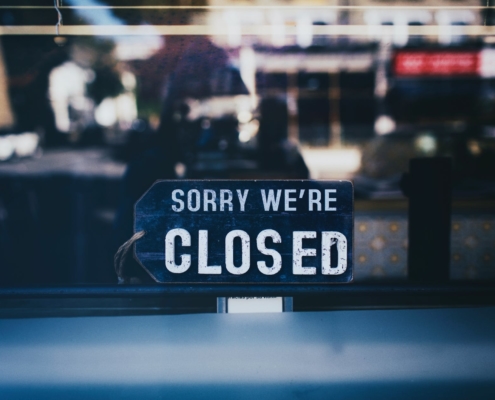
32.9 percent of the Massachusetts workforce and 26.2 percent of the U.S. workforce have filed unemployment claims over the past nine weeks.
Data released today by the U.S. Department of the shows that 33.0 percent of the Massachusetts workforce and 26.2 percent of the U.S. workforce have filed unemployment claims since the COVID-19 unemployment surge began nine weeks ago.

“Every Action has an Equal and Opposite Reaction”: 8 K-12 Science Resources During COVID-19
The fourth in Pioneer’s ongoing series of blogs on curricular resources for parents, families, and teachers during COVID-19 focuses on science education.

Kaya Henderson, Former Chancellor, D.C. Public Schools, on Leading Urban District Reform
This week on “The Learning Curve,” Cara and Gerard are happy to be joined by Kaya Henderson, the former chancellor of the District of Columbia Public Schools. They discuss the historic reforms Henderson oversaw, including increasing enrollment and improved test scores in an urban district that had been one of the lowest performing in the country.

28.9 percent of the Massachusetts workforce and 24.1 percent of the U.S. workforce have filed unemployment claims over the past eight weeks.
Data released yesterday by the U.S. Department of Labor and the Massachusetts Executive Office of Workforce Development show that 28.9 percent of the Massachusetts workforce and 24.1 percent of the U.S. workforce have filed unemployment claims over the past eight weeks.

How will COVID-19 affect the 2020 Census in Massachusetts?
On April 1, 2020, the U.S. Census Bureau unveiled a flood of…

California’s Common Core Apologia
In a recent blog, Dr. Michael Kirst, past president of the California State Board of Education, attempts to defend his record of Common Core implementation during that period. But policy experts Ze’ev Wurman & Williamson Evers set the Golden State's record during Common Core straight.

During COVID-19 Outbreak, Compounding Challenges for Special Education Students
In Massachusetts, there’s a staunch and persistent negative…
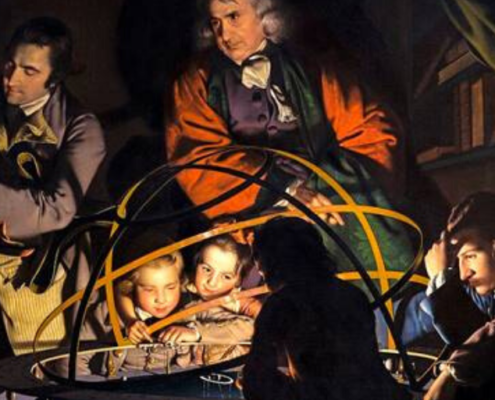
Stargazing: Five Astronomy Resources for Parents, Teachers, and Kids During COVID-19
Here are some resources for parents, teachers, and students of all ages. Our hope is to cultivate the curiosity within us, in order to better understand the heavens and stars above us.
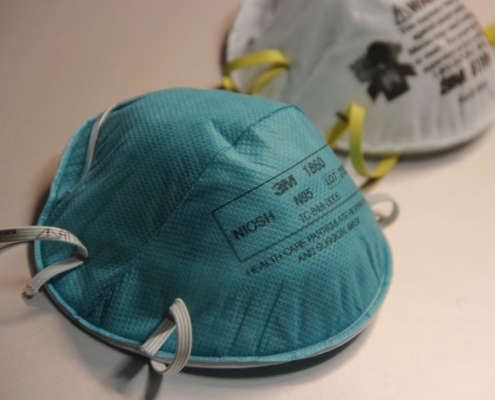
The past seven weeks of Massachusetts unemployment claims total 25.8 percent of the civilian workforce.
The U.S. Department of Labor released its weekly report on jobless claims Thursday morning at 8:30 a.m., reporting that Massachusetts received 55,448 initial unemployment insurance (UI) claims during the week ended May 2. This brings the total of regular UI claims filed in Massachusetts since March 14, the beginning of the unemployment surge, to 781,110.

Explosion in ESL enrollment creates new opportunities, challenges
The U.S. Census Bureau estimates that, between 2010…

COVID-19 will likely lead to a recession. Can Massachusetts municipal budgets handle one?
Using municipalities' experiences during the Great Recession, a new policy brief examines the likely impact of COVID-19 on local property taxes, as well as political implications for state aid. We list the municipal revenues by category among the least tax-reliant communities in Massachusetts, show the trajectory of tax revenue growth rate in Massachusetts state and local governments, and rank stabilization fund assets per capita among Massachusetts Gateway Cities.

The past six weeks of Massachusetts unemployment claims total 24.0 percent of civilian workforce
The U.S. Department of Labor released its weekly report on jobless claims this morning at 8:30 a.m., reporting that Massachusetts received 70,714 initial unemployment insurance (UI) claims during the week ended April 25. This brings the total of unemployment claims filed in Massachusetts since March 14, the beginning of the unemployment surge, to 725,018.

States across the country have enacted eviction moratoriums. What does this mean for the housing market in the long-term?
Last week, Massachusetts Governor Charlie Baker signed a bill…

New jobless claims data shows that Massachusetts unemployment has grown from 2.8% to at least 20.4% in five weeks
Based on today’s jobless claims report, Pioneer Institute projects that the current unemployment rate in Massachusetts is at least 20.4 percent, with a minimum of 762,299 currently unemployed individuals.

WILL YOU COMMUTE TO WORK WHEN THE COVID-19 CRISIS IS OVER?
How will you look at commuting in the future? This survey will ask over 30,000 people how their attitudes and habits will change. Please be part of our work to understand the changing world around us.
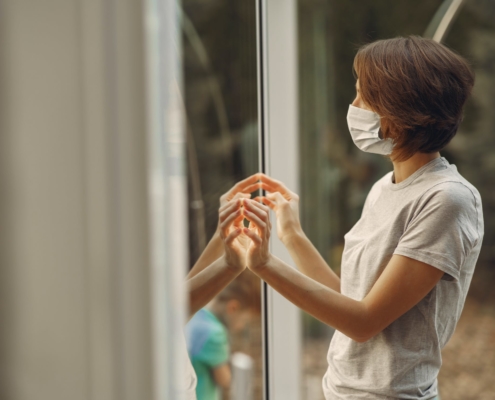
Elderly people were already vulnerable to COVID-19. Then it came to nursing homes.
Last week, reports of mismanagement and negligence regarding…
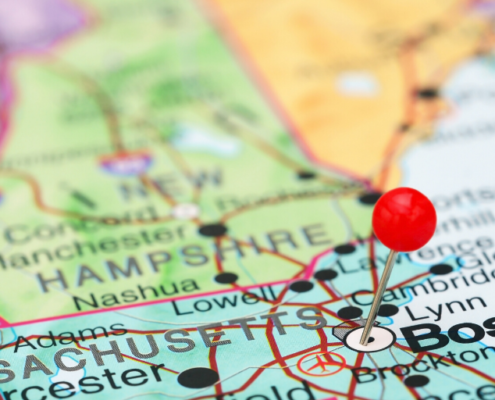
Mapping COVID-19 in Massachusetts Cities & Towns
Kudos to he Massachusetts Department of Public Health for posting the count and rate (per 100,000) of confirmed COVID-19 Cases in Massachusetts by City/Town.
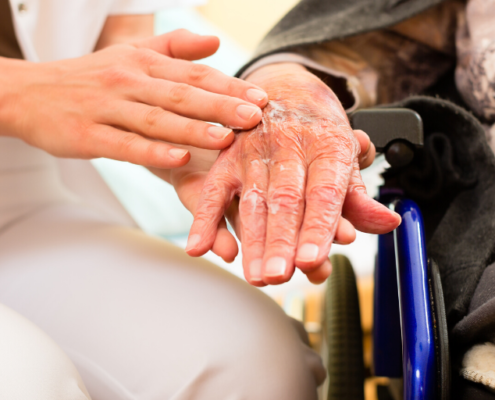
Transparency Needed at Long-term Care Facilities
The anxiety of having a parent in a nursing home under the constant…
